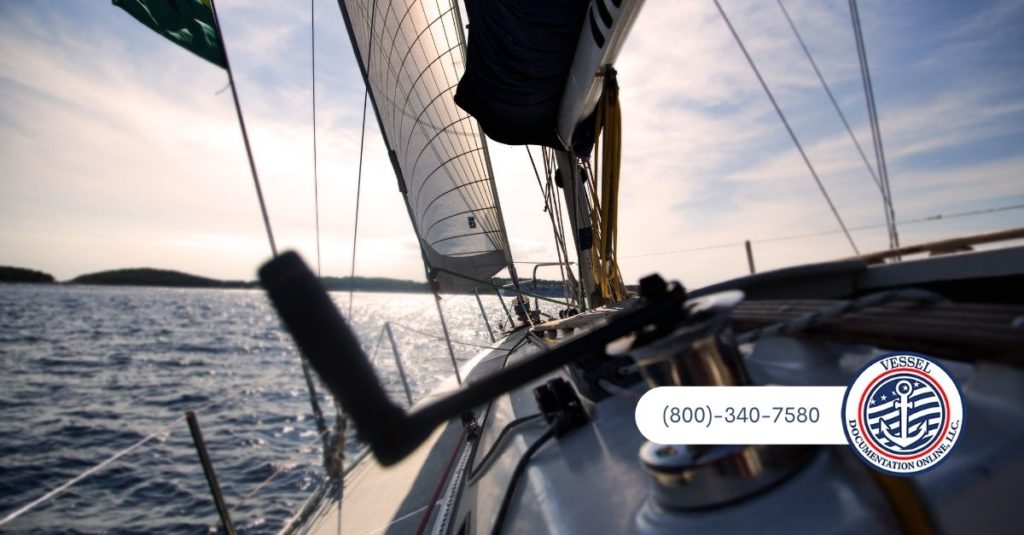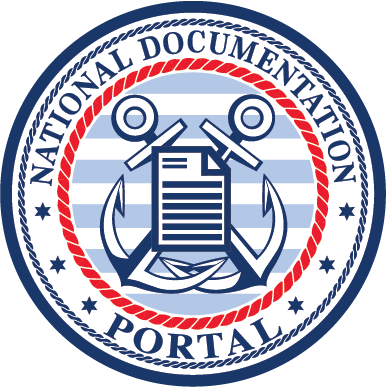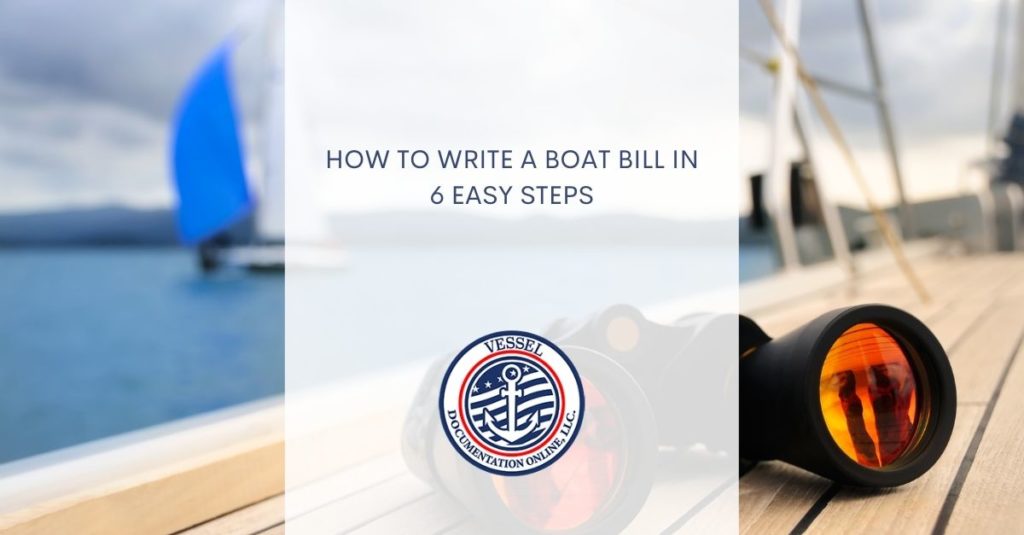In legal terms, a boat bill of sale documents the transfer of boat ownership from one party to another. It’s similar to the receipt you’d receive from a shop, but it has far greater legal authority and implications. Autos, machines, appliances, and yachts are some of the most expensive items that people buy with them.
A bill of sale may be used as evidence of ownership for the buyer since it documents the transfer of ownership. According to portal.ct.gov transferring the boat’s title, updating its registration, and adding insurance may all be accomplished via the use of the bill of sale.

1. Ensure That Your Boat Is Ready To Be Put On the Market
-
Sort up Your Paperwork
Each component of your yacht should be registered and titled before it is put up for sale (boat, motor, and trailer). Most states require this information for sale, and it reassures the buyer that you own the vessel and that it is free of liens. Verify your boat ownership by providing evidence of the prior bill of sale or purchase agreement if your boat does not have an official title. A prospective buyer may seek to examine the boat’s maintenance documents to confirm its condition.
-
Clean and Take Photos of Your Boat
Thorough cleaning and repairing your boat is a good idea before storing it away for the season. You’ll be able to sell your yacht for more money if you do this. An internet shopper is more likely to click on an ad if many photographs are taken from various perspectives. Before putting your boat up for sale, take several high-quality images displaying its best characteristics in well-lit settings.
2. Find a Buyer
-
Decide Whether You Want To Sell Commercially or Also Privately
Your boat may benefit from the services of a broker or dealer if it’s an expensive model. It’s easier to sell your yacht privately, but the process might take longer since you’ll have to handle everything yourself and avoid fees and commissions.
-
Identify the Market’s Worth
Your boat’s worth may be determined using a price-checker tool or by searching for comparable listings in your area. Consider things like condition, age, and demand when choosing market worth. Set an asking price and the lowest offer you’ll accept before putting your home on the market.
-
If You Want To Advertise Your Yacht, You May Do So Online
Various online resources aid private boat dealers in connecting with potential customers. When advertising on Boat Trader, The Hull Truth, and Craigslist, you should consider posting several advertisements. Include a detailed description of your boat’s current condition and features, as well as any accompanying motor, trailer, or other equipment.
3. Add the Information of Your Boat, Engine, and Trailer
Be specific in filling out your boat’s HIN (hull identification number) and other specifications on your bill of sale. You can generally find your boat’s hull identification number (HIN) on the right side of the transom (rear of the boat). Outboard motor details such as model and horsepower are located on a plate affixed to the motor. You may find VIN and weight information on a sticker or plaque affixed to the trailer’s frame. The boat bill of sale may provide further details on the condition of these components in the notes section.
4. Fill In Your Preferred Payment Method As Well As the Selling Price
Before the parties meet in person to consummate the deal, they should have agreed on a price and payment mechanism. When customers register their new boat, they will be required to pay sales tax, but you may opt to divide or cover this cost by subtracting the necessary taxes from the selling price. Remember to include the recipient’s name, your relationship with them, and the amount of money you’re giving them as a gift in your notes.
5. Ensure Complete Buyer and Seller Information on a boat bill of sale
It is best to meet in person when both parties have agreed on all the transaction terms. In order to ensure the accuracy of the information on the form and avoid fraud, it’s a good idea to need photo identification from both parties. At the very least, you should provide the following details:
- The buyer and seller’s names and addresses
- The date of sale
- The selling price
- The manufacturer’s name, model number, year, color, and condition of the vessel, as well as its hull identification number, should all be included (HIN)
- What is included with the boat or watercraft, such as a trailer, life jackets, and a cover?
- The seller’s warranty information
- The buyer and seller’s signatures
6. Notarize and sign the Paper
Upon receipt of payment in full, you may sign the boat bill of sale form under your state’s regulations. It is legal in certain places for the buyer and seller to sign the contract in front of a notary public before it is considered complete. It’s a good idea, even if your state doesn’t need notarization of the bill of sale, to have another adult witness the transaction, just in case there is a disagreement.
The bill of sale should be kept as a record of the transaction after the sale is complete. The purchaser, for registration, should keep the original copy. The boat bill of sale is critical to the legal transfer of ownership rights in a boat. It’s accurate and can be used as legal proof of ownership. Before you sell your boat, discuss your options with your state laws or a professional like our company vessel documentation online llc. This way you can be sure that the transaction goes smoothly and is completely secure with no dispute later on.

